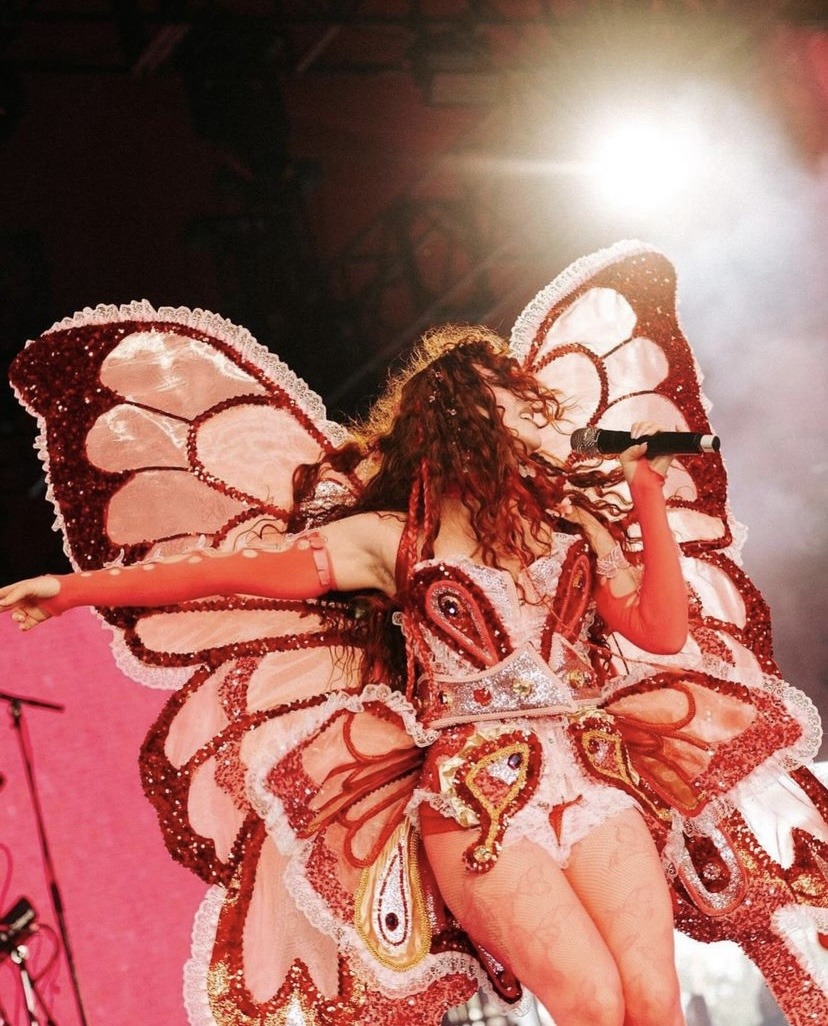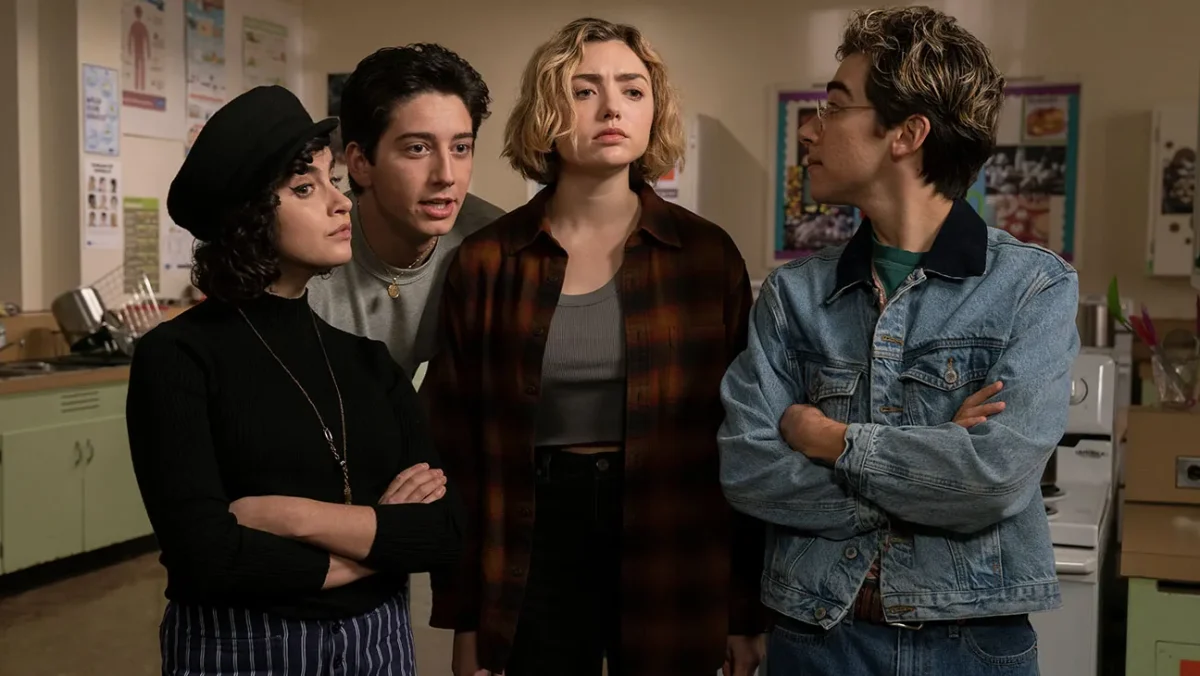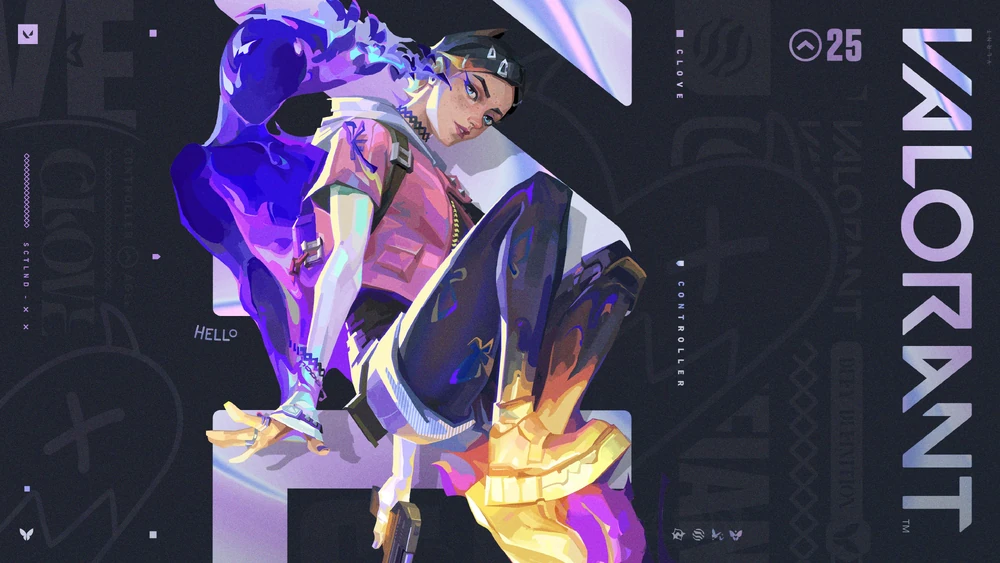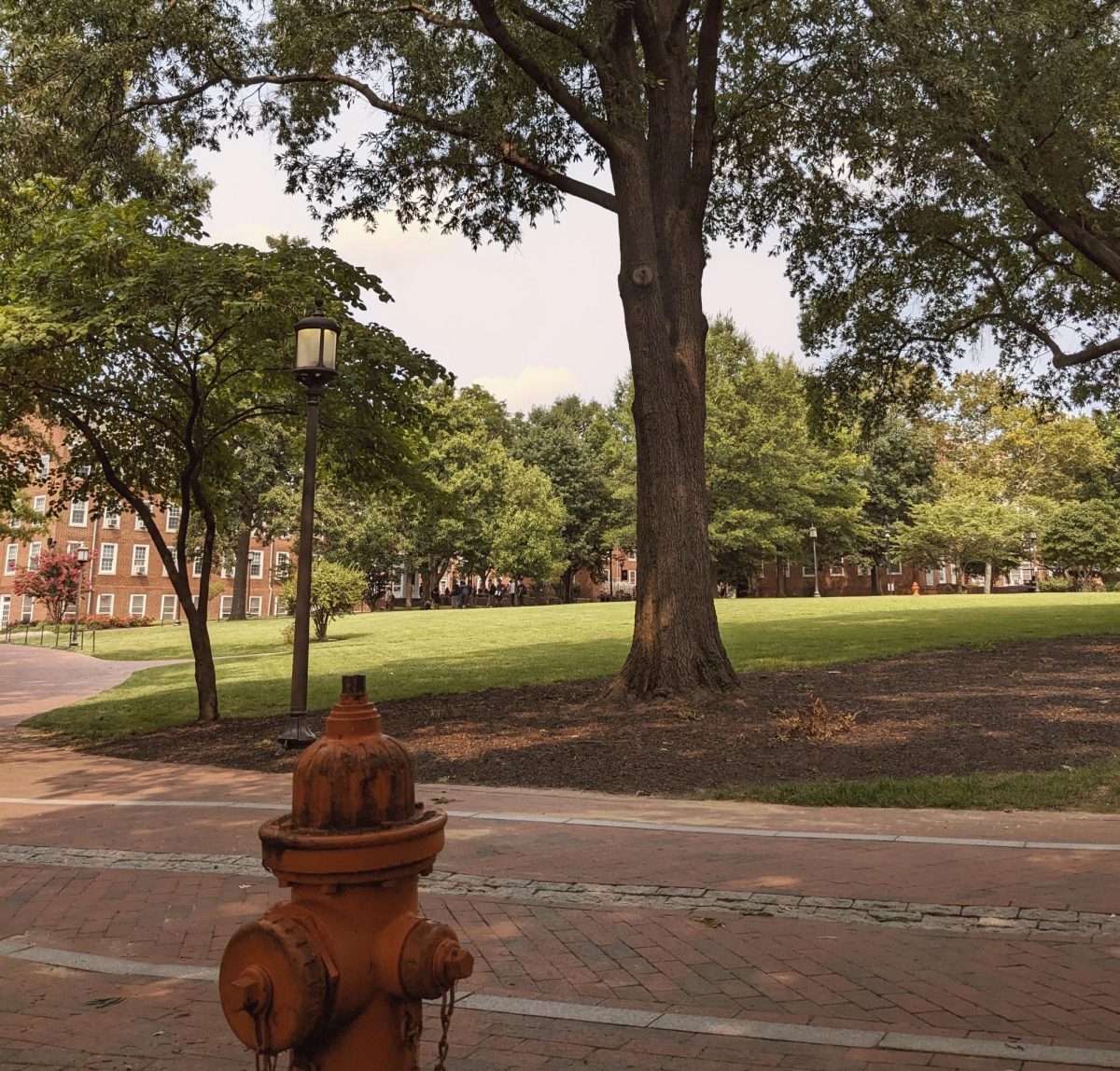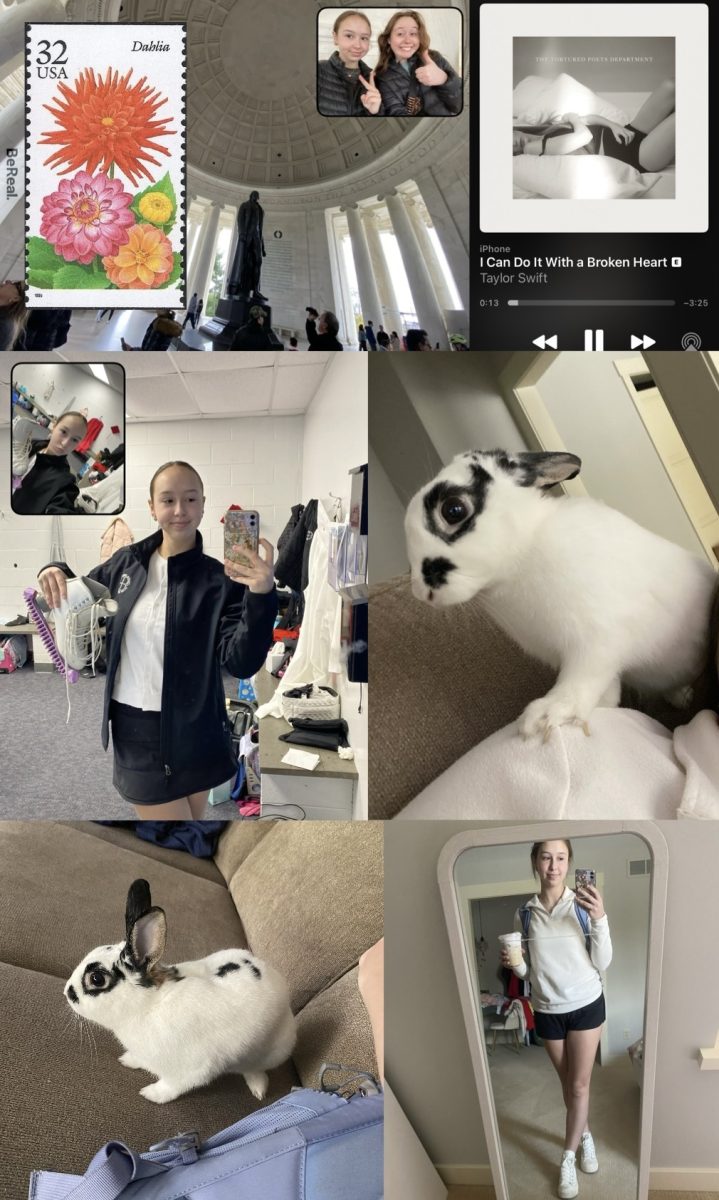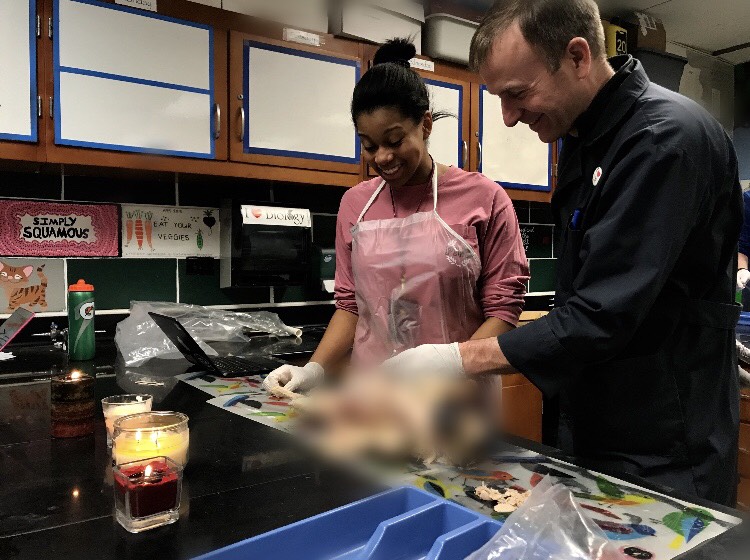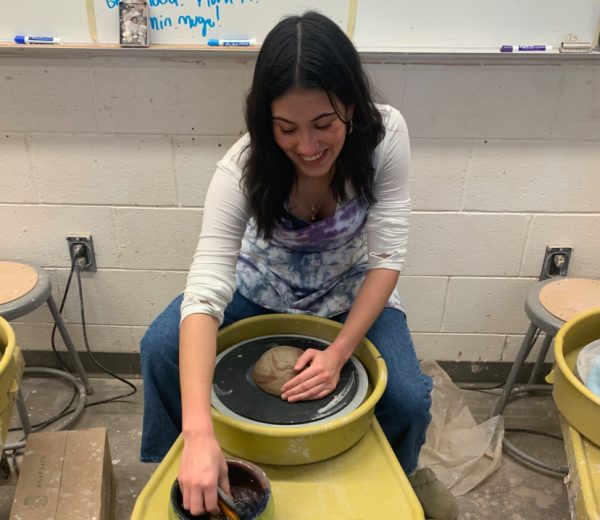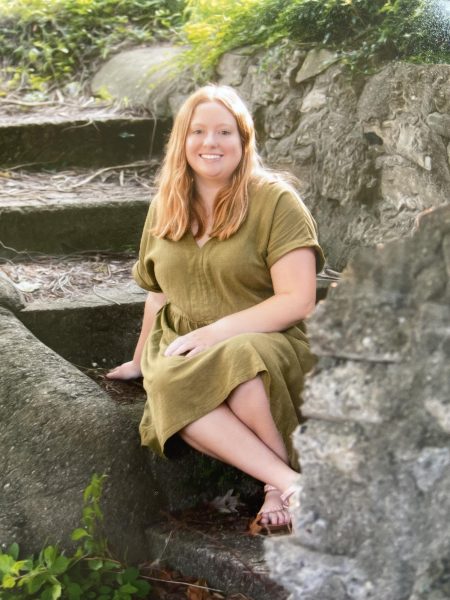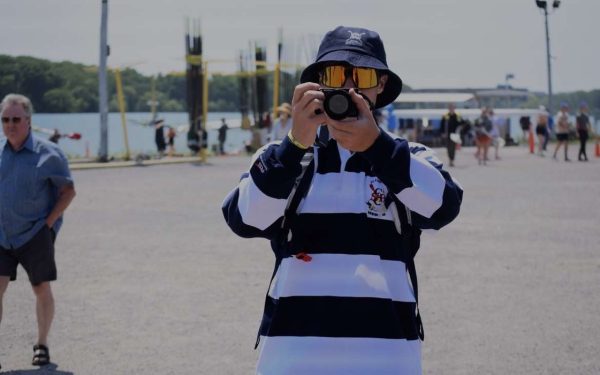The HAP cat dissection is an experience that treks on the edge of excitement, fear, and inquisition
Among the several student-painted bricks that compose the wall of the Human Anatomy and Physiology (HAP) room, one innocently painted brick sends a subtle warning: “choose your cat wisely.”
Waiting for her group’s turn to choose a cat, anticipation pervaded senior Olivia Ogilvie’s body while her eyes remained fixed on the green, plastic box in the corner which held the cats. With that warning in mind, Olivia and her two partners chose a cat, one whose uniqueness will come to define the next seven weeks of their dissection experience.
“’Holy cow, it’s really fat,’” Olivia said of her thoughts when she first saw her cat. “[Mr. Scholten] said it’s one of the fattest [cats] he’d ever seen, so that’s going to be an adventure. I’m not really sure what to expect.”
Science teacher Chad Scholten is the supervisor of Olivia and her classmates’ dissections. He says that cats with more fat have haunted students’ dissections in the past because it makes the process more difficult. However, from Olivia’s perspective, the dissection is less of a burden and more of an excitement.
The dissection lasts until May, as it is split into two parts, and Olivia believes she will carry much of her initial excitement through the whole process. Having dissected a pigeon, chicken, squid, and other animals in the past, she is a veteran of performing dissections, finding that she is especially enthralled by the physical aspects of it.
“I just love that [the dissection is a] hands-on [activity],” Olivia said. “I find it so fascinating to see what’s inside. We look at a creature and just expect it to be [one thing], and then every time you open it up, there’s something special.”
Scholten is in agreement with Olivia that having a “hands-on” experience creates a more productive learning environment for many students. In fact, it’s one of the reasons why he’s carried on the long-lasting tradition of dissecting cats for so many years.
“I think [students] learn better from [the dissection] because they’re seeing it, [and] they’re feeling it,” Scholten said. “When you’re just doing something on a two-dimensional piece of paper, you know you’re getting some aspect of it, but you’re not really getting the three-dimensional aspect of it. I think that’s the power [of] doing the dissection.”
For most of the first semester of HAP, Scholten primarily focuses on a traditional learning environment for his students with worksheets and written work. Although the earlier work may not have been as engaging, the tests and “two-dimensional” learning weren’t superfluous, as they both helped students understand the human body and prepared them for the cat dissection. With what they knew about the human body, students were able to translate that knowledge and apply it to the cats.
“You get to learn a lot about comparing [the cat’s anatomy] to other anatomy,” Olivia said. “It’s never something you really think about, how similar one anatomy is to another. I just love that comparison. I think the cats [are] really going to highlight that.”
While the cat dissection may be an applicable learning opportunity that is worth the excitement for some students, like Olivia, many other students do not view the dissection with the same amount of willingness.
Junior Jamie Benner is one student who feels uncertain and discomforted by the dissection. The sight of a deceased cat, along with the smell of the preservative formaldehyde, make for an unpleasant experience, according to Jamie.
“I do not like [the cat dissection] at all,” Jamie said. “I do not like cats, [and] I do not like dissecting things [because] it’s so invasive. It’s sad seeing [the cat] too. I think it’s worse because it’s a cat, so it’s an animal you see all the time.”
Like Jamie, Olivia also felt a similar disgust with some aspects of the dissection. Even as a student who is aspiring to enter the field of medicine, Olivia felt uncomfortable having to remove the cat’s skin and be inside the cat.
“The sound isn’t my favorite thing,” Olivia said. “When I had to stick my hand inside of the [cat’s] skin, I [didn’t like the feeling]. It wasn’t great, but it’s so exciting and fascinating for me that it overrides [the uncomfortable aspects].”
Despite the unsettling thoughts that may come along with working with a deceased animal, Scholten hopes that his students will look past their unease to gain something positive from the dissection.
I feel like the students would be lacking an experience [without the dissection].
— Chad Scholten
“I feel like the students would be lacking an experience [without the dissection],” Scholten said. “I would hope that [the students] gain a better appreciation of themselves. Unless they’re going through a surgery, they’re not going to see and understand what’s inside of their body, but by looking at the cat, they can understand.”
Looking at all the weeks she has ahead of her, Olivia is both apprehensive and intrigued. With an optimistic outlook on this learning opportunity, she feels ready to gain a greater understanding of what’s inside of her cat.
“I know there’s going to be moments worth [being] upset [over],” Olivia said. “I know there’s going to be moments [where I’ll think], ‘I don’t know if I want to do this.’ But the reward of looking in there and saying, ‘This is so cool’ and the thought of how much I can see and what I’m going to find is exciting and thrilling.”
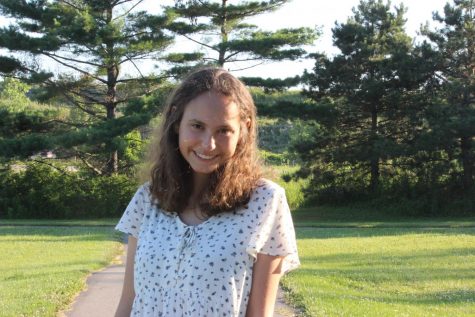
Amanda Bartolovic is a senior and is entering her second year on The Central Trend. She is excited to continue being on the staff and to write. Outside...

















